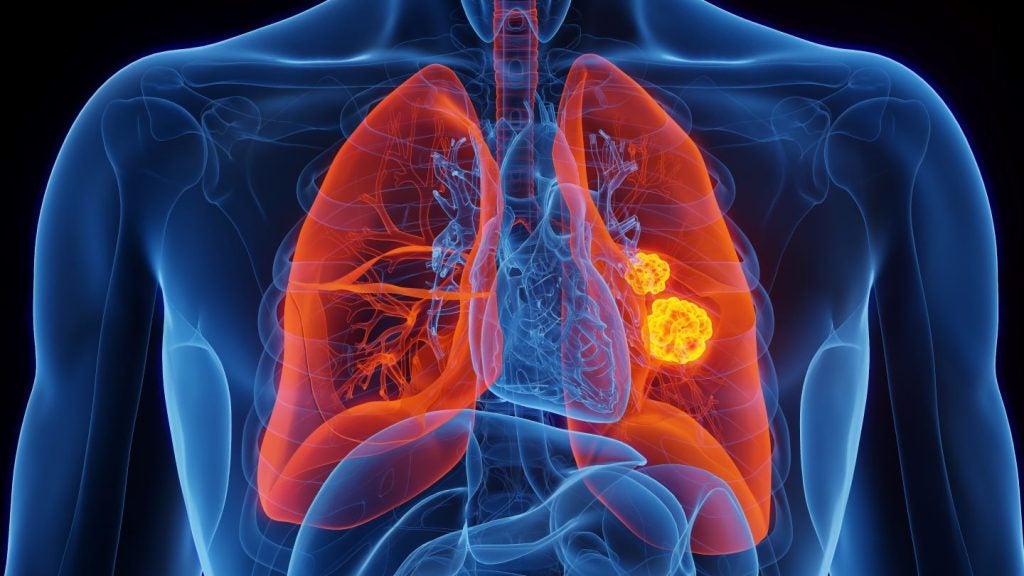Hanmi Science has been granted a patent for an anti-PD-1/anti-HER2 natural antibody structural heterodimeric bispecific antibody. The antibody has a stable heterodimeric structure and can simultaneously bind to two target molecules, making it effective in treating complex diseases. The patent also includes a method for preparing the antibody. GlobalData’s report on Hanmi Science gives a 360-degree view of the company including its patenting strategy. Buy the report here.
According to GlobalData’s company profile on Hanmi Science, Hormone-based therapies for metabolic disorders was a key innovation area identified from patents. Hanmi Science's grant share as of September 2023 was 36%. Grant share is based on the ratio of number of grants to total number of patents.
Anti-pd-1/anti-her2 bispecific antibody with natural igg characteristics
A recently granted patent (Publication Number: US11753471B2) describes a heterodimeric bispecific antibody that has the ability to bind to two different antigens, PD-1 and HER2. The antibody consists of two Fc chains that are linked together through at least one disulfide bond. The first Fc chain is linked to the PD-1 antigen-binding site, while the second Fc chain is linked to the HER2 antigen-binding site. The amino acid sequences of the immunoglobulin light chain variable region and heavy chain variable region in the PD-1 antigen-binding site are specified.
The patent also mentions that the first and second Fc chains of the bispecific antibody can have five specific amino acid substitutions. These substitutions can include T366L and D399R in the first Fc chain, and L351E, Y407L, and K409V in the second Fc chain. The amino acid positions for these substitutions are numbered according to the Kabat EU Index Numbering System.
The bispecific antibody described in the patent is derived from immunoglobulin G (IgG). The PD-1 and HER2 antigen-binding sites can be either Fab fragments or single-chain variable fragments (scFv). In some embodiments, the Fab fragment can have different heavy chain variable regions and light chain variable regions.
The patent also discloses that the weight ratio of the constituent homodimers of the bispecific antibody is smaller than 50% when each Fc chain is present alone in the presence of a reducing agent. This indicates that the bispecific antibody is stable and does not easily dissociate into its individual components.
Additionally, the patent claims a composition comprising the heterodimeric bispecific antibody and a pharmaceutically acceptable carrier. This composition can be used for various therapeutic applications.
In summary, the granted patent describes a novel heterodimeric bispecific antibody that can simultaneously bind to PD-1 and HER2 antigens. The antibody has specific amino acid sequences and substitutions in its Fc chains, and can be derived from IgG. The patent also discloses the stability of the bispecific antibody and its potential use in pharmaceutical compositions.
To know more about GlobalData’s detailed insights on Hanmi Science, buy the report here.
Premium Insights
From

The gold standard of business intelligence.
Blending expert knowledge with cutting-edge technology, GlobalData’s unrivalled proprietary data will enable you to decode what’s happening in your market. You can make better informed decisions and gain a future-proof advantage over your competitors.





